Talk Overview
Regulation of cholesterol synthesis is very important: cholesterol is a component of cell membranes and a precursor of steroid hormones and bile acids, yet high levels of cholesterol can be toxic to cells and can contribute to heart disease. Cells in our body obtain cholesterol one of two ways – by taking it up from the bloodstream (via low-density lipoprotein or LDL) or by synthesizing it intracellularly. In Part 1 of his iBioSeminar, Dr. Russell DeBose-Boyd provides an overview of cholesterol regulation with a focus on HMG CoA reductase, the rate-limiting enzyme of cholesterol synthesis. He describes how the effects of statins, drugs prescribed to lower LDL in the blood, are blunted due to the disruption of feedback control of HMG CoA reductase. In the presence of sterols, HMG CoA reductase protein stability is decreased. This sterol-accelerated degradation of HMG CoA reductase is dependent on the enzyme’s membrane domain in a process known as ER-associated degradation (ERAD). DeBose-Boyd describes his lab’s contributions to a model of HMG CoA reductase ERAD in which polyubiquitination of the enzyme in response to sterols is mediated by two proteins, Insig-1 and Insig-2, leading to its ERAD by the 26S proteasome.
In Part 2 of his talk, DeBose-Boyd introduces a rare genetic disorder known as Schnyder Corneal Dystrophy (SCD). SCD is characterized by accumulation of cholesterol in the corneas of affected individuals, indicating that the genetic defect in SCD may affect cholesterol synthesis. Mutations in the UBIAD1 gene cause SCD – therefore, DeBose-Boyd’s lab sought to understand the role of UBIAD1 in regulation of cholesterol metabolism. They found that UBIAD1 acts as a sensor for levels of the metabolite GGpp, which enhances sterol-mediated ERAD of HMG CoA reductase. In the presence of GGpp, UBIAD1 releases HMG CoA reductase, leading to its proteasomal degradation. DeBose-Boyd’s lab also discovered a fascinating spatial regulation of UBIAD1, whereby binding of UBIAD1 to GGpp causes UBIAD1 to accumulate in the Golgi apparatus and away from HMG CoA reductase in the ER. Finally, his group found that the SCD-associated mutation N102S in UBIAD1 inhibits the interaction between UBIAD1 and GGpp, such that mutant UBIAD1 is unable to translocate from the ER to the Golgi in the presence of high GGpp.
Speaker Bio
Russell DeBose-Boyd

Dr. DeBose-Boyd was born and raised in the small rural southeastern Oklahoma town of Boswell. He began undergraduate studies at Southeastern Oklahoma State University in Durant, OK, where he participated in the Minority Biomedical Research Support program. Dr. DeBose-Boyd obtained a Bachelor of Science degree in Chemistry with minors in Mathematics and Biology in 1993. … Continue Reading
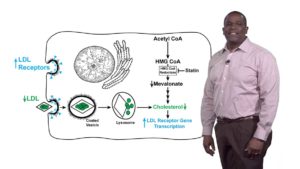
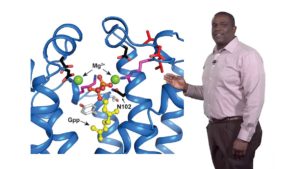
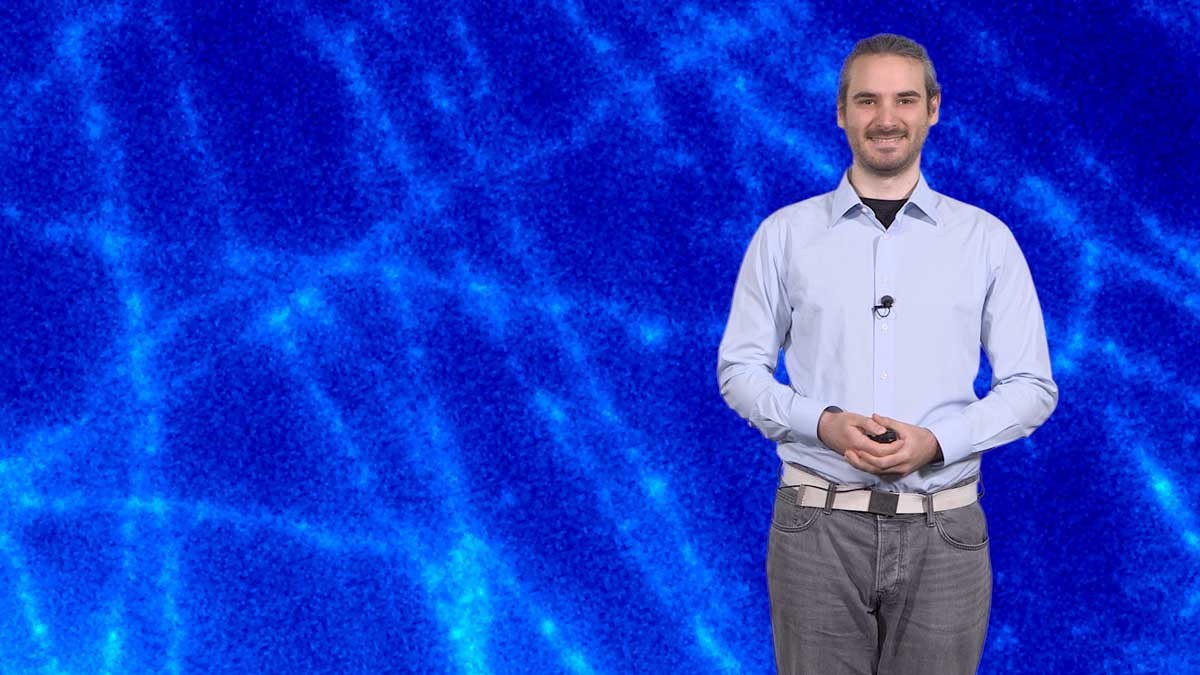
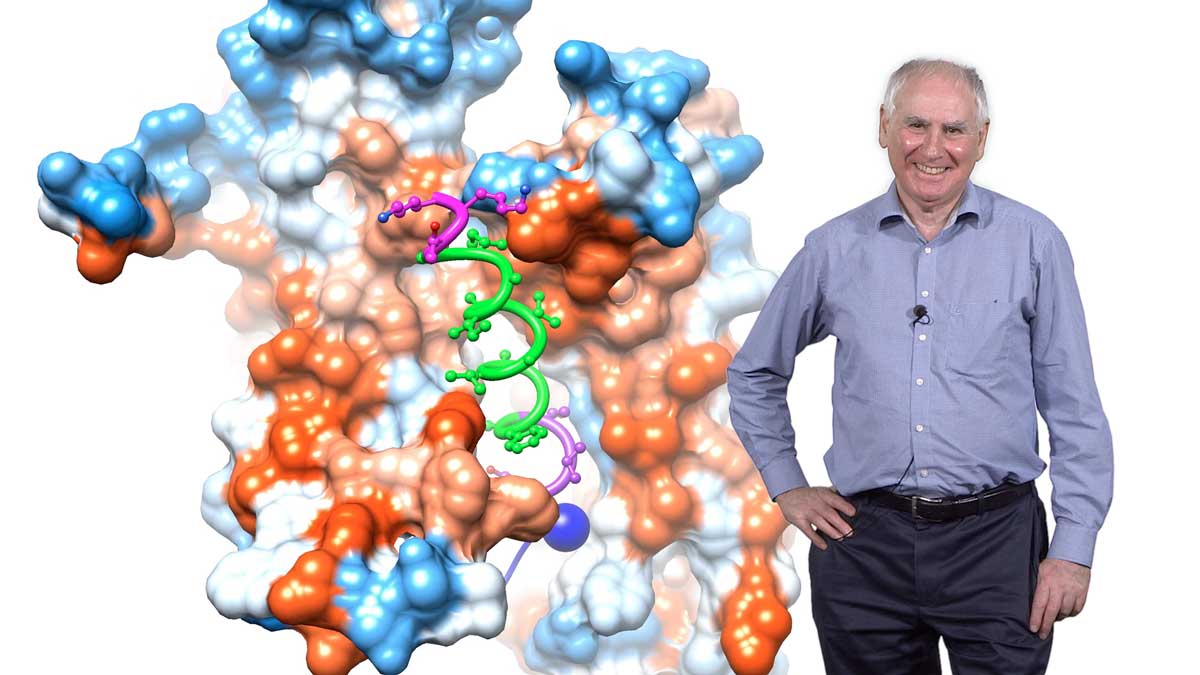
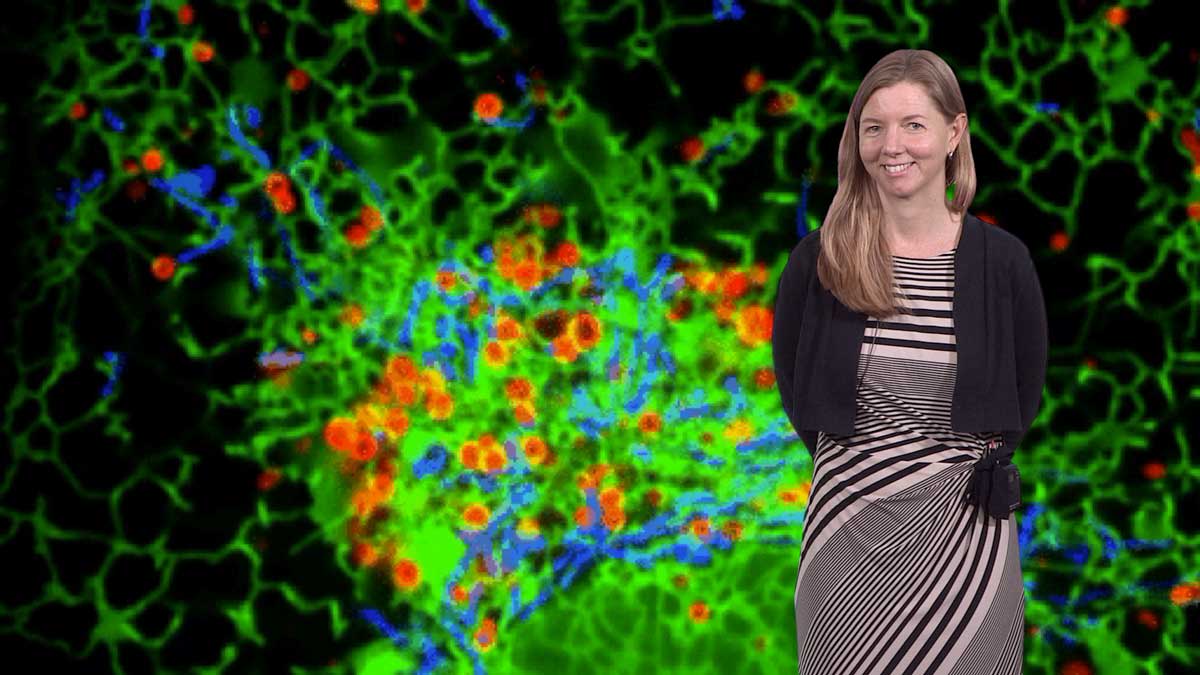
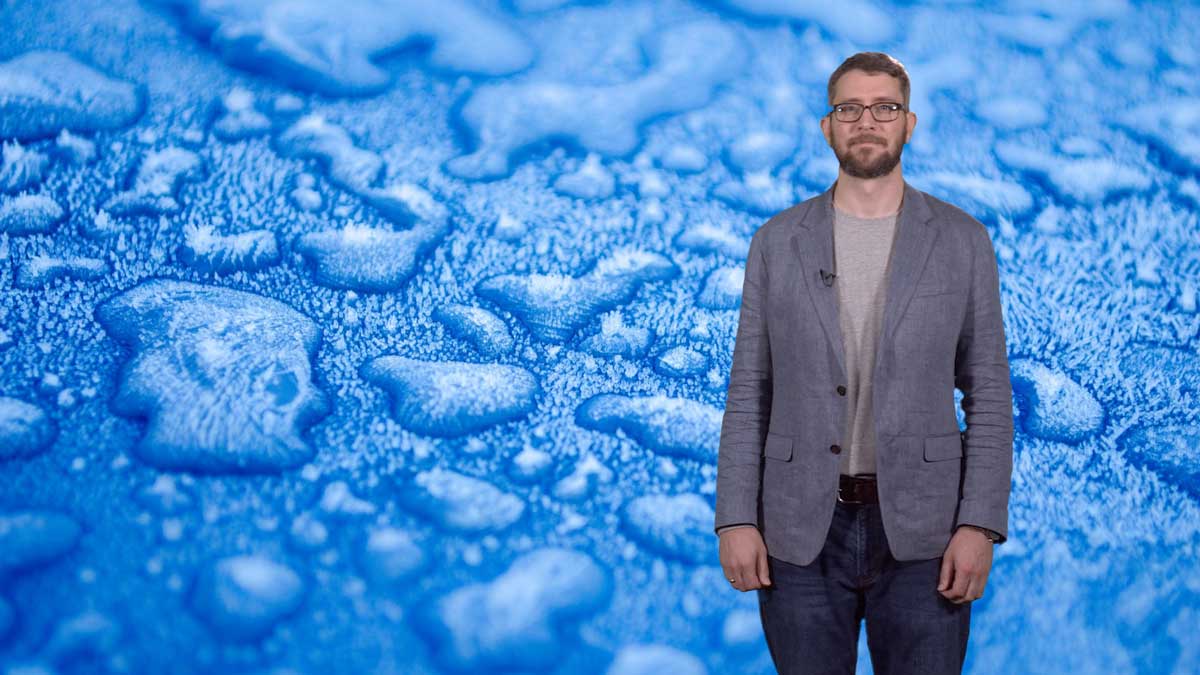





Leave a Reply